COVID-19 Research
When the COVID-19 pandemic hit, engineers at the University of California, Santa Cruz were eager to do their part to help. They have rapidly shifted their resources and research projects to address some of the most pressing problems of the current global crisis and made amazing strides in developing a browser for studying the coronavirus genome, faster and more accurate testing, remote resources for healthcare workers, mathematical models for predicting the spread of the virus, and more. Below are their current and developing projects.
Current Projects
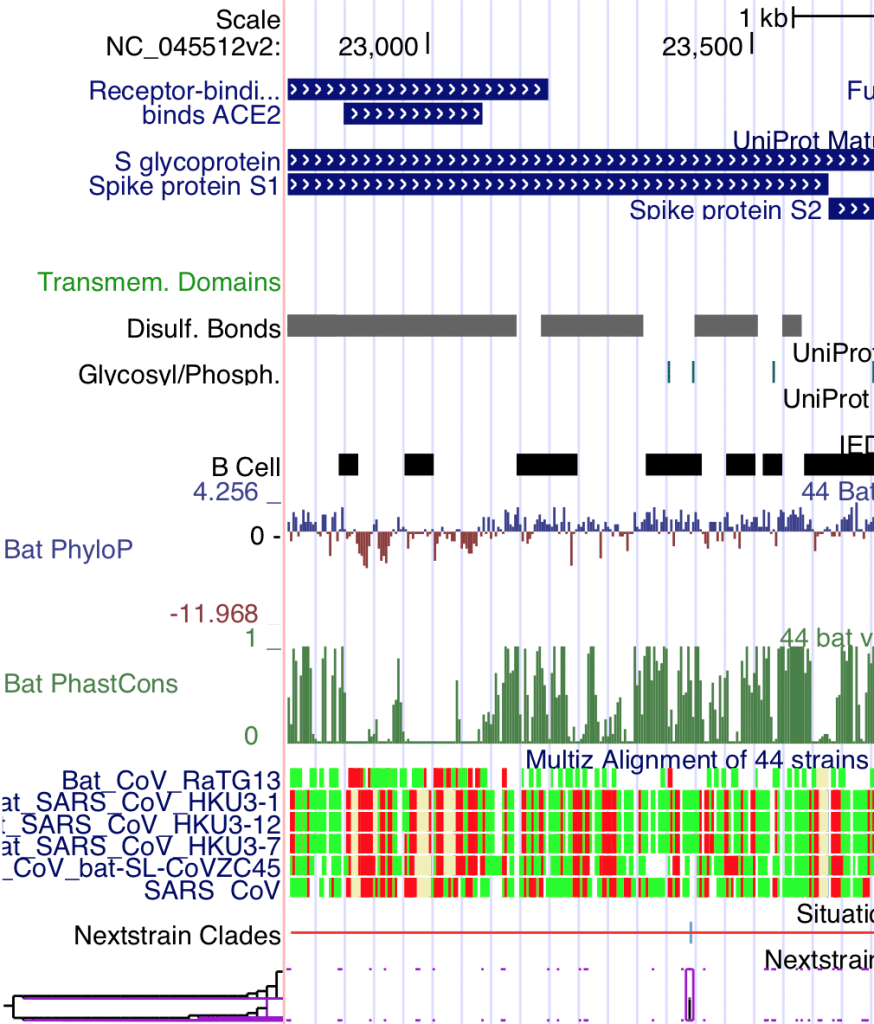
The UCSC SARS-CoV-2 Genome Browser
Led by Maximilian Haeussler and Jim Kent at the UC Santa Cruz Genomics Institute, the coronavirus genome browser project will accelerate successful COVID-19 research by integrating into the UCSC Genome Browser all genetic information from existing resources related to SARS-CoV-2, the novel coronavirus that causes COVID-19. The Browser is an important resource for genomic research as it allows scientists to look at the virus’ structure so they can find ways to attack it. Read more.
The Genome Browser team has recently released a preprint on the stability of SARS-CoV-2 phylogenies. Read here.

Rapid coronavirus detection
Holger Schmidt, professor of electrical and computer engineering, has developed novel optical sensing technology for biomedical diagnostics and is now adapting his optofluidic chip technology for rapid detection of SARS-CoV-2. Schmidt’s optofluid chips can detect single molecules, including biomolecules such as DNA, RNA, proteins, whole viruses, and ribosomes. His team demonstrated the technology’s capabilities by detecting Ebola RNAs. Read more.
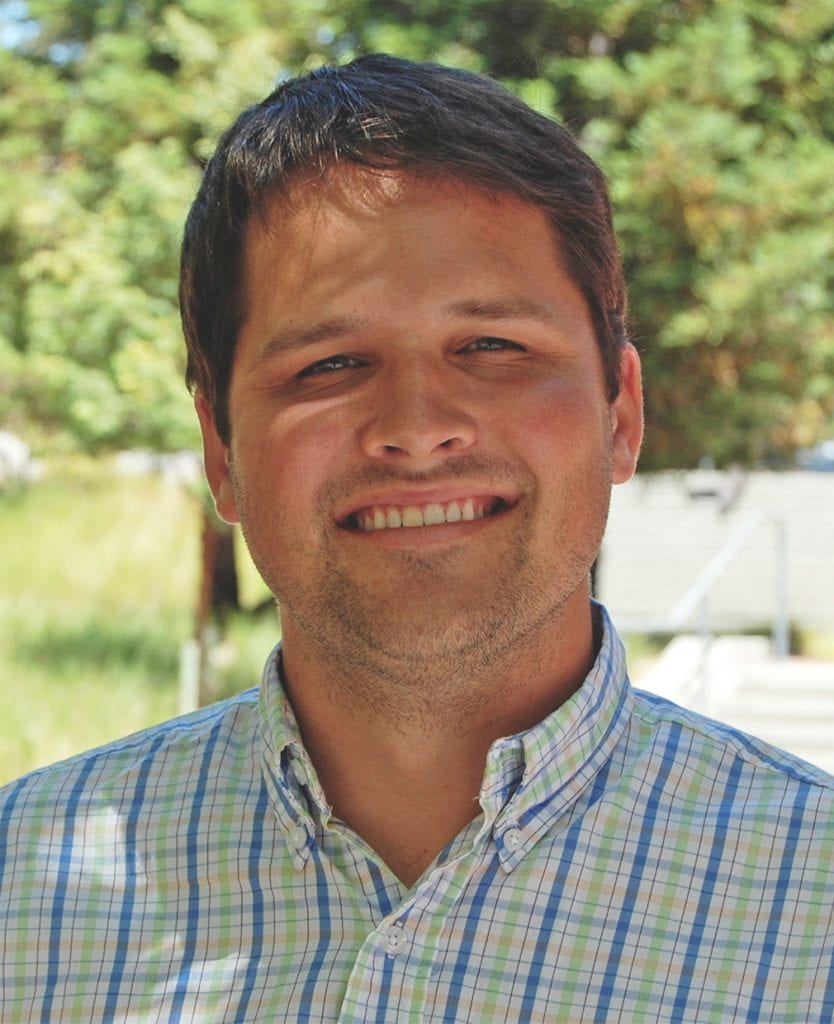
New contact tracing tool for SARS-CoV-2
Biomolecular Engineering Professor Russell Corbett-Detig’s lab has developed a more rapid way to place new genome sequences into viral phylogeny trees, empowering research and genomic contact tracing for laboratories worldwide. The new tool is called Ultrafast Sample Placement on Existing Trees (UShER), and a preprint of how it can be used to create real-time phylogenetics for the SARS-CoV-2 pandemic can be found here.

Validation of a portable molecular diagnostic system for SARS-CoV-2
Visiting statistics professor Claudia Wehrhahn Cortés is working on a joint project with a collaborator from the National Autonomous University of Mexico (UNAM) to validate a new methodology to detect viral diseases that is more portable, less expensive, and produces faster results than existing methodologies. Read more.

Real-time learning network models of COVID-19 for predicting the spread
Electrical and computer engineering professor Ricardo Sanfelice is working on creating mathematical models to describe the evolution of COVID-19 in various populations around the world and under different environmental conditions. He and his colleagues hope to come up with multiple models that policymakers could switch between as needed when deciding what actions to take. Read more.
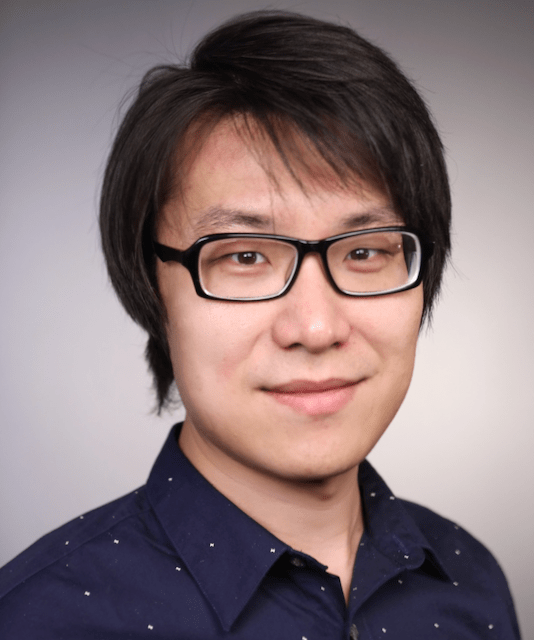
Determining the credibility of claims about coronavirus
As more and more information comes out about the coronavirus, it can be difficult to determine how reliable some of the studies are. Yang Liu, assistant professor in computer science and engineering, is working with the Defense Advanced Research Projects Agency (DARPA) to train an algorithm to index whether or not the results of a scientific paper on the coronavirus are likely to be replicable. This will help increase confidence in the research that is coming out on the virus. Read more.
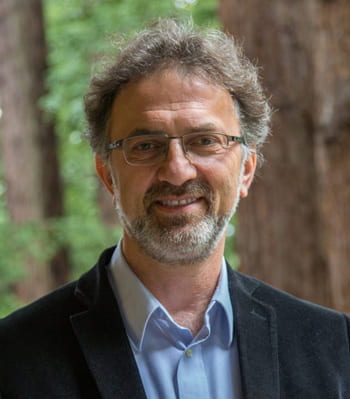
Creating rapid, low-cost serology tests
Nader Pourmand, professor of biomolecular engineering, is evaluating a serology testing platform derived from nanopipette technology developed in his lab. The new nanosensor technology could detect and quantify antibodies to the coronavirus in a finger-prick blood sample in less than a minute. He has received a $75,000 grant from the COVID Catalyst Fund established at UC Berkeley to further fund this research. Read more here and get the latest here.
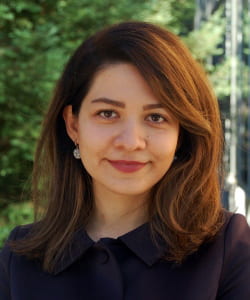
Video-assisted clinical care for remote management of COVID-19
Narges Norouzi, professor of computer science and engineering at UC Santa Cruz has partnered with Ian Julie at UC Davis on a project to demonstrate real-time analysis of video and the ability to identify clinically useful information from a live video stream to assist clinicians in the management of COVID-19 patients. Read more.

Genome sequencing
Mark Akeson, professor of biomolecular engineering, is working on rapid sequencing of coronavirus samples using the nanopore sequencing technology he helped pioneer. By sequencing virus samples taken at different times and places, researchers can track genetic changes and trace the spread of different strains of the virus. Read more.
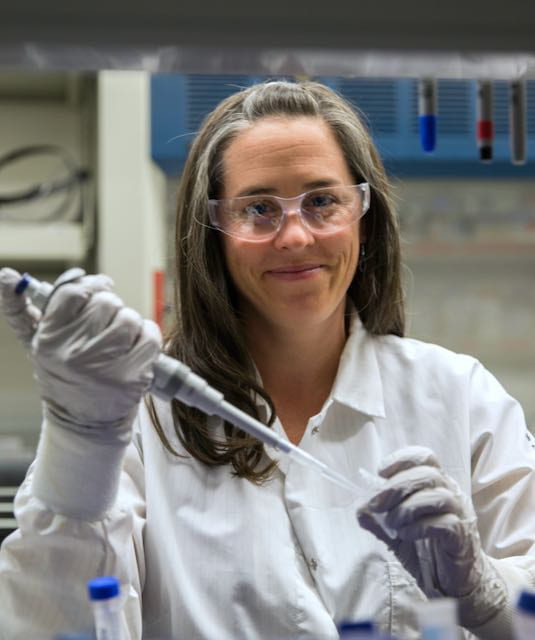
Producing coronavirus antigens
Immunologic testing to determine if someone has already been exposed to the coronavirus requires coronavirus antigens. After learning that these antigens were in short supply, bioengineering professor Rebecca DuBois began production of them in her lab and will provide them for use by other researchers through a national repository maintained by the National Institutes of Health. Read more here and get the latest here (UCSC magazine).
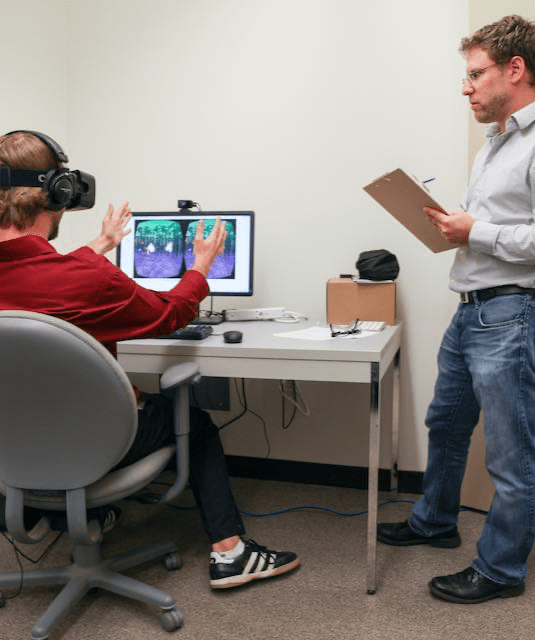
3D browser with virtual reality option for crowdsourcing COVID-19 data analysis
Electrical and computer engineering professor Mircea Teodorescu and computational media professor Sri Kurniawan are developing an open-source web-based platform that enables crowdsourced analysis of COVID-19 data through browser-based 3D rendering with and without virtual reality. Read more.
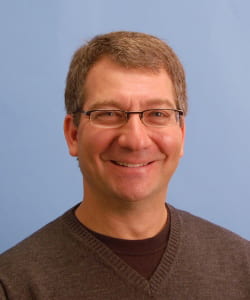
Vine robot for automated nasopharyngeal swabbing
Electrical and computer engineering professor Gabriel Elkaim is collaborating with Dr. Lin Zhang of UC Davis Health to create a “vine” robot to collect nasal swabs, the preferred method of testing for Covid-19, without endangering healthcare workers. The
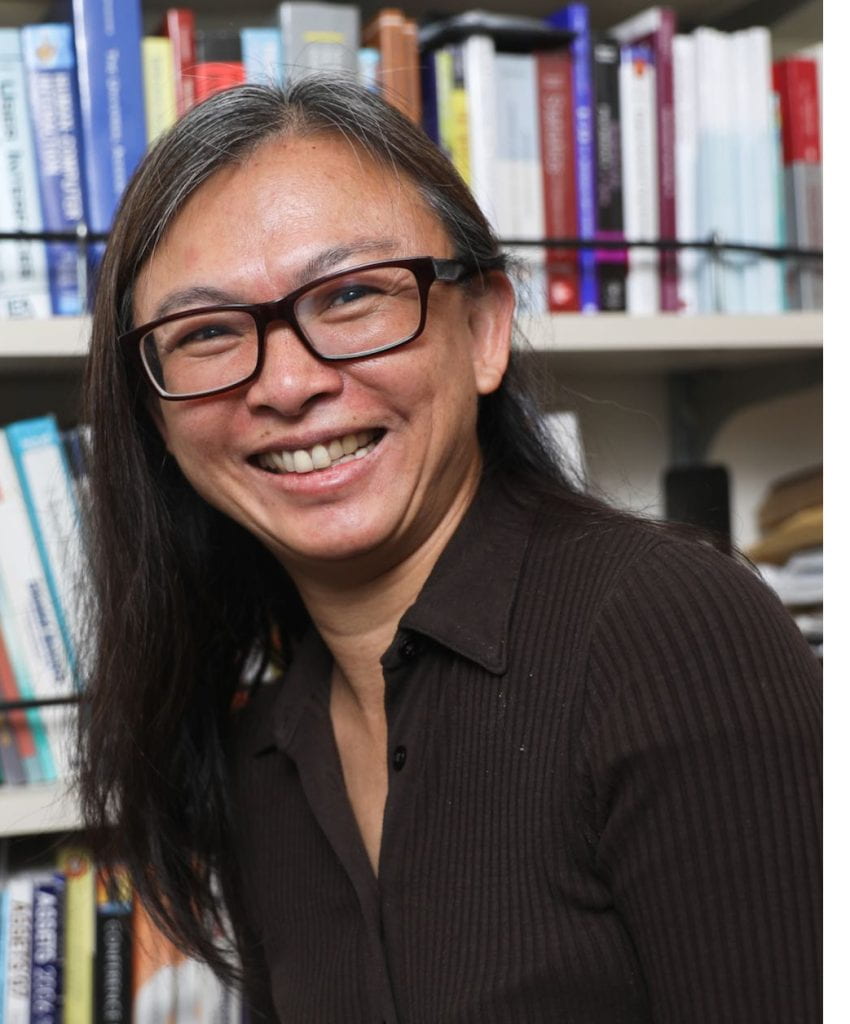
Interactive Virtual Platform for Intergenerational Wellbeing of Essential Worker Communities
Computational Media Professor Sri Kurniawan is teaming up with Anthropology Professor Nancy Chen to develop a senior-friendly multi-platform telepresence system to facilitate intergenerational communication within the essential worker communities of Pajaro Valley (a medical desert). Functions will include crowdsourced online and remote health assistance, tutorials for seniors, and interactions to alleviate social isolation. Read more.

Experiential Education via Micro-Role Hierarchies
With the shift towards remote learning during COVID-19, many experiential, project-based courses have been canceled or delivered with a significant degradation in quality. This is largely because a significant aspect of experiential learning relies on close mentorship and critique and highly effective collaboration, both of which become significantly harder in a remote setting. Computational Media Professor David Lee is working to develop educational technologies will enable personalized learning in experiential courses. Read more.
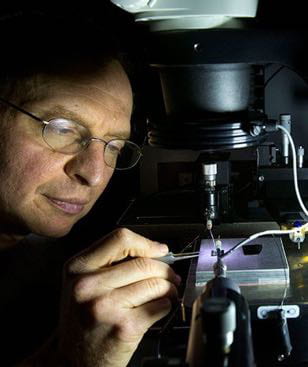
Robotic platforms for testing SARS-CoV-2 viral load
COVID-19 testing in the U.S. has run into a number of bottlenecks, including a shortage of high-throughput automated machines that can perform hundreds of tests at once. Automated testing machines are difficult to manufacture and too expensive for most laboratories. Ahmet Yanik, professor of electrical and computer engineering and Rebecca DuBois, professor of biomolecular engineering, are working to solve this problem by merging their proprietary surrogate generation-assisted (SURGE) assay technology that enables ultrasensitive viral antigen detection with low-cost open source robotics to create a high-throughput low-cost platform. Read more.
Developing Projects
Novel COVID-19 Biomarkers
Daniel Kim’s biomolecular engineering lab is investigating new biomarkers for highly sensitive early detection of COVID-19.
Counting SARS-CoV-2
Assessing the distribution and quantity of viral pathogens in a community has become essential in providing a view of viral prevalence in a community. This data provides the base to understand how far a disease has spread and to assign rates to active disease. Today, that data comes from testing of individual disease sufferers. Asymptomatic carriers can easily remain uncounted. We need a way to gain a more complete understanding of viral spread across an entire community and to do so in a way that is both non-invasive and fully anonymous.
Community wastewater (sewage) provides a near ideal source for gaining a community-wide view of viral prevalence. David Bernick and team are aiming to sample waste streams from our local community to count virus. This viral signature not only counts viral excretions from individuals who are suffering, it also provides viral counts of those who are symptom-free and actively shedding virus.
The team is currently developing protocols to do this work safely and cost-effectively. Someday, these sewage counters may provide an early warning to communities around the world. This data could guide the reopening of communities, monitor hospitals, inform universities, and bring understanding to a world in chaos.
A generous donor in our community provided seed funding for this project.
Quantifying the coronavirus in solution
Detection and quantitation of a virus can be accomplished by detecting the proteins that make up its outer shell or by detecting the nucleic acid sequence that is encased in that outer shell. Biomolecular engineering professor David Bernick is proposing an apparatus that can detect RNA and partially sequence it using a single-molecule detector. This approach avoids use of fluorescent tags and engineered probe molecules, and under certain conditions can establish the quantity of a viral sequence that is present. The device itself already exists and is in production, and the analytical protocol and software could create a diagnostic platform completely enabled by internet-deployable software.
Evaluating mobile apps for virtual psychiatric services
The COVID-19 pandemic has led to the virtualization of psychiatric services such as diagnosis and therapy that were previously conducted in person. There are many apps that offer virtual therapy experiences, and computational media professor Steve Whittaker is evaluating how these apps are being modified to respond to the crisis, as well as how organizations are moving therapy online.
